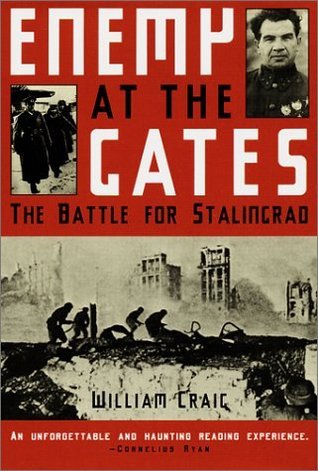
Hitler Moves East 1941–1943
Book Description
A relentless tide of war sweeps across Eastern Europe as Hitler's forces plunge into the vast, unforgiving landscape, igniting a brutal struggle for supremacy. Paul Carell masterfully chronicles the harrowing battles, strategic blunders, and the human cost of ambition, unraveling the fate of soldiers and civilians caught in the chaos. With each clash, alliances are tested, loyalties are shattered, and survival hangs by a thread. The chilling tension between triumph and despair echoes through the pages as the Axis falters and hope flickers. What dark revelations await as the East rises to challenge a seemingly unstoppable force?
Quick Book Summary
"Hitler Moves East 1941–1943" by Paul Carell is a gripping and detailed account of Nazi Germany’s campaign against the Soviet Union, beginning with Operation Barbarossa in 1941 and ending with the immense losses that marked Germany’s faltering advance by 1943. Carell draws from extensive military records and personal testimonies to paint both a sweeping strategic overview and an intimate portrait of individuals thrust into war's chaos. He captures the initial German successes, the relentless hardships of the Eastern Front, and the stubborn Soviet resistance that steadily turned the tide. The book examines the consequences of hubris and flawed strategic planning, highlighting the heavy human cost experienced by soldiers and civilians, as well as the psychological toll inflicted by the unyielding struggle and shifting fortunes of war.
Summary of Key Ideas
Table of Contents
The Scope and Brutality of the Eastern Front
Carell’s narrative commences with the immense mobilization of German forces for Operation Barbarossa in June 1941. He vividly delineates the German army’s initial blitzkrieg tactics, rapid territorial gains, and the shock imposed on Soviet defenses. These early operations, characterized by massive encirclements and high Soviet casualties, generated a sense of imminent victory among German high command. However, the vastness of the Russian landscape and supply challenges hinted at emerging difficulties that would soon undermine these successes.
Strategic Blunders and Overreach
As German columns advanced deeper into Soviet territory, logistical nightmares became apparent. Distances grew, roads and railways became impassable, and the advancing army struggled with a hostile climate and deteriorating morale. Carell explores significant strategic errors, such as redirecting forces toward Kiev and splitting objectives, weakening the overall drive toward Moscow. He illustrates how Hitler’s micromanagement and underestimation of Soviet capacity undermined the initial momentum and created fatal delays.
Human Experience and the Cost of War
Carell intimately explores the harrowing experiences of frontline soldiers and the suffering of civilians caught between advancing German troops and retreating Soviets. The narrative is punctuated by personal accounts of hunger, exhaustion, harsh weather, and the ever-present threat of death. The book delves into the fate of POWs and the civilian population, laying bare the atrocities and mass displacement wrought by the campaign. The psychological strain—a blend of fear, desperation, and diminishing hope—permeates each vignette.
The Turning Point: Soviet Resilience and Counteroffensive
A critical shift occurs with the Soviet counteroffensives during the bitter winter of 1941-42, culminating in the encirclement at Stalingrad in 1942-43. Stalin’s forces, possessing both numerical superiority and resilient spirit, force the exhausted German army onto the defensive. Carell describes dramatic reversals, notably highlighting the strategic and symbolic loss at Stalingrad, which marks the beginning of the end for German ambitions in the east and saps the myth of German invincibility.
Propaganda, Perception, and the Narrative of War
Throughout, Carell analyzes how propaganda shaped perceptions of victory and defeat on both sides, manipulating morale and distorting the grim realities. The author scrutinizes contrasting narratives: German overconfidence and Soviet determination, showing how information, belief, and myth played roles as potent as tanks or artillery. By the close, the book is both a chronicle of military events and a meditation on the costs—material and moral—of total war in the unforgiving East.
Download This Summary
Get a free PDF of this summary instantly — no email required.





